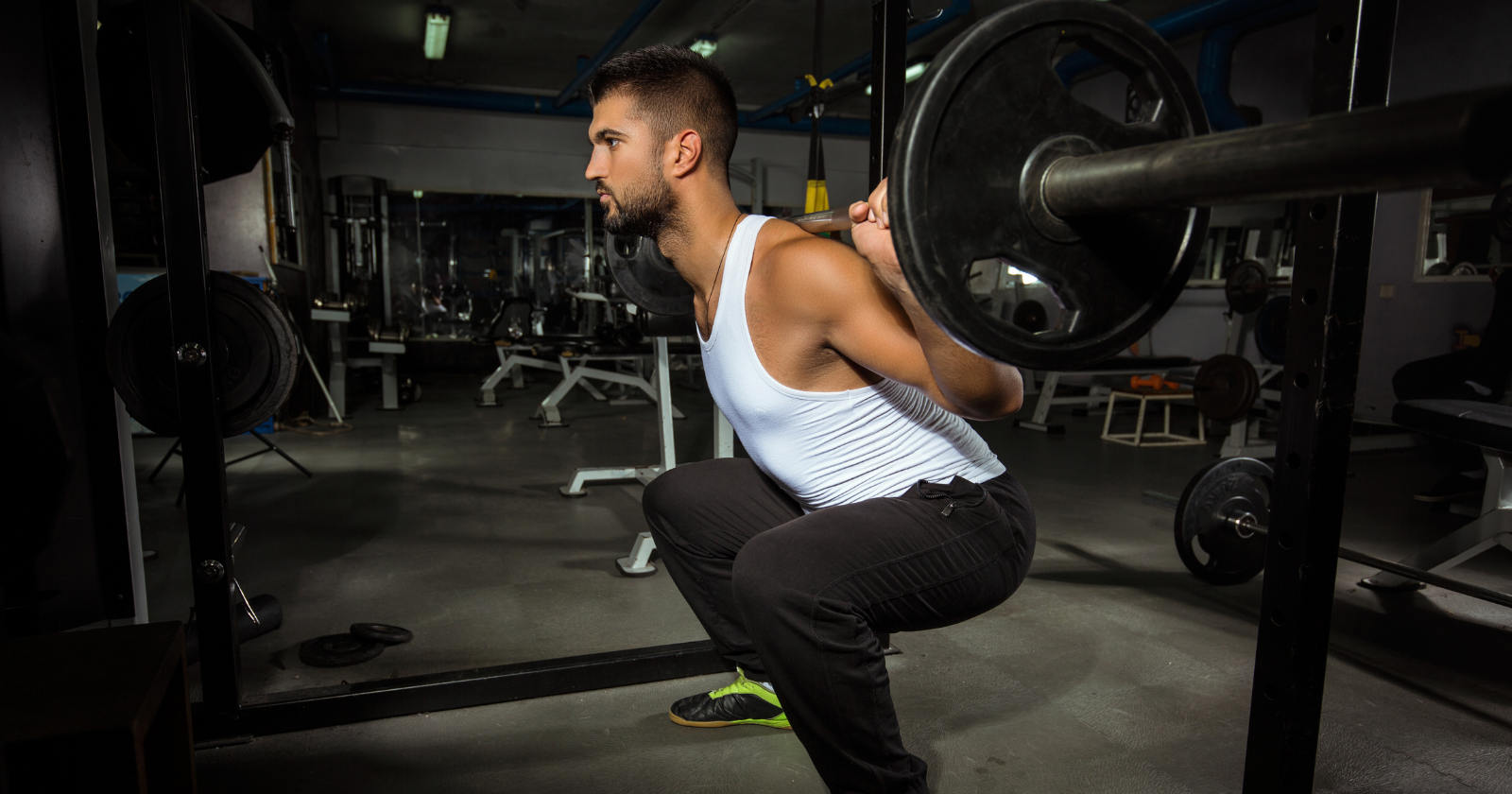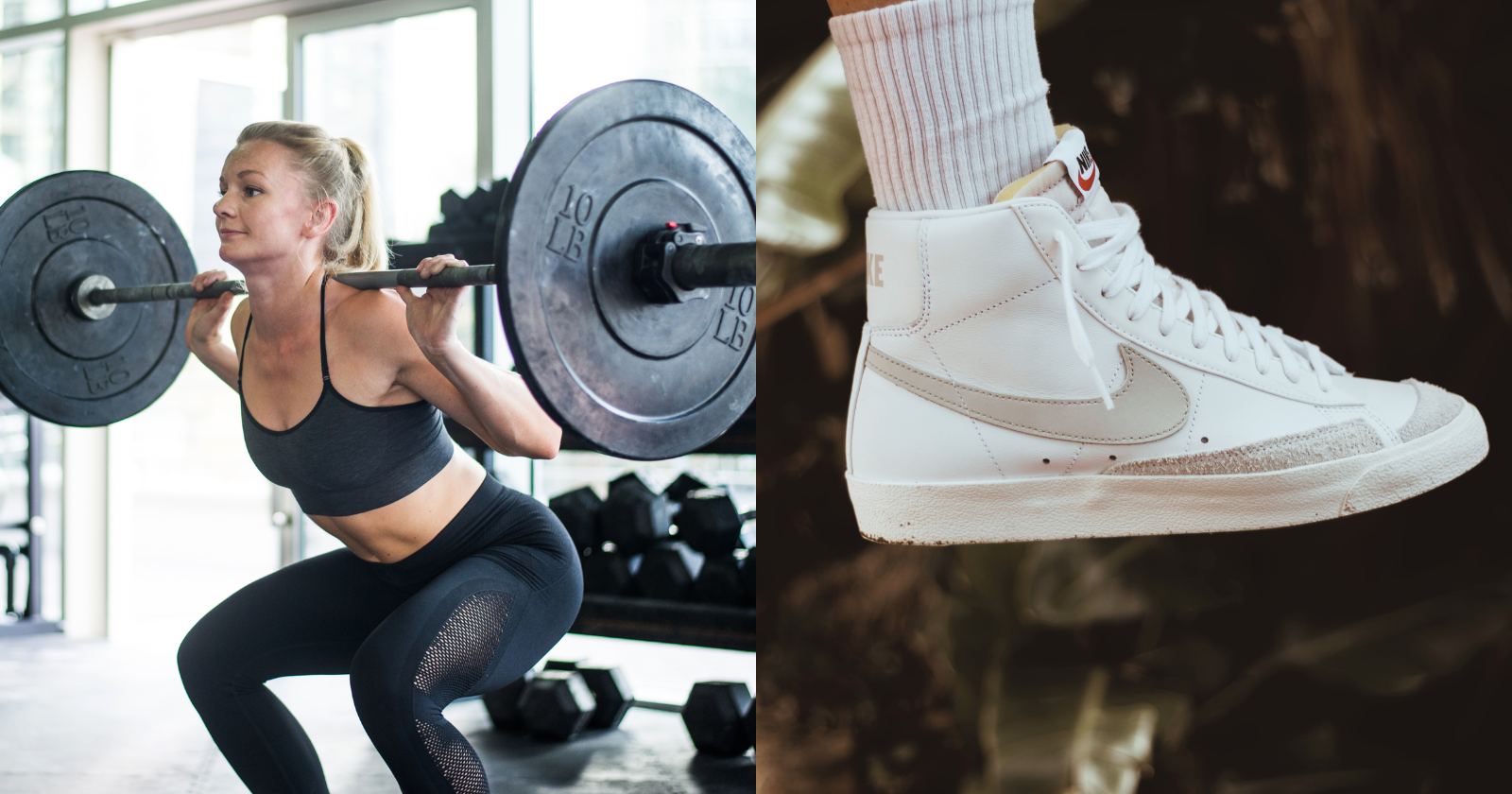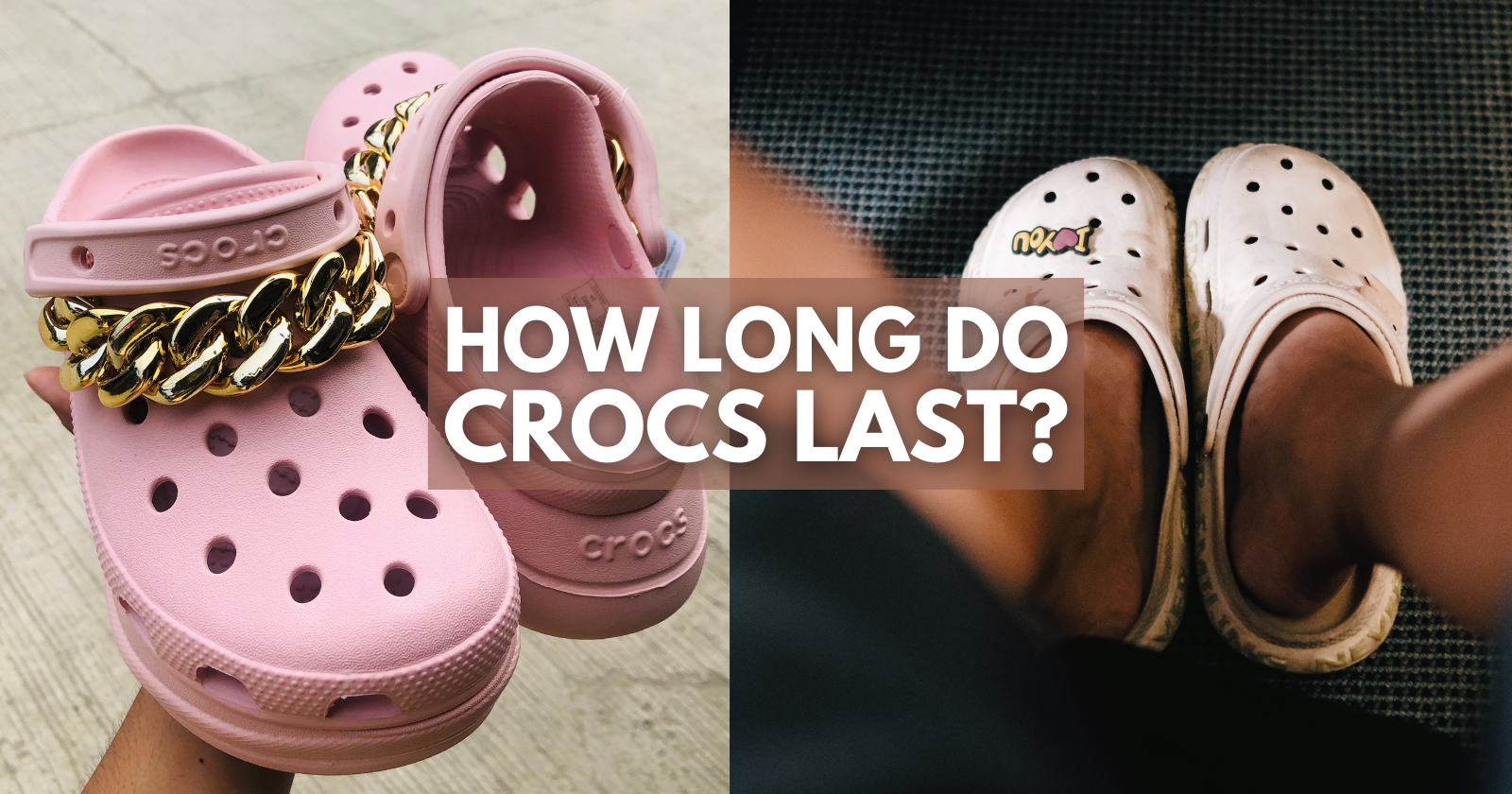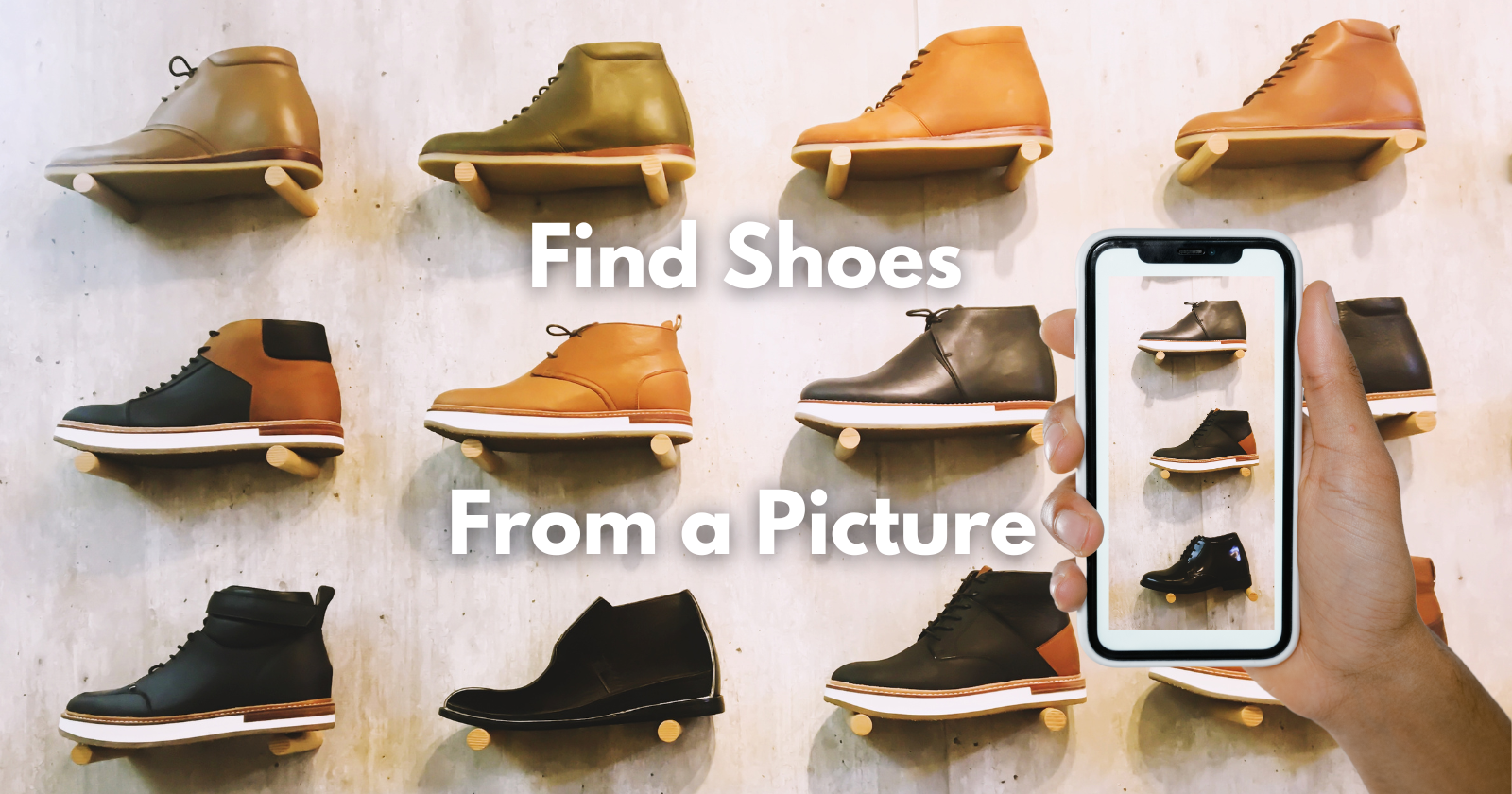
Best Power Cage and Racks For Your Home Gym

Why Nike Blazers Are Good For Lifting – 10 Reasons to Elevate Your Game

How Long Do Crocs Last: Quality and Care Guide

How To Find Shoes From A Picture? The Essential Apps to Use

Where are Hey Dude Shoes Made: Unravelling their Origins

Decoding the B Shoe Size: The Mystery of Shoe Widths
“My aim is to provide informative guides on what footwear works best for you, based on your lifestyle and share fitness advice and guidance too. Keeping your feet happy and your body healthy for the best lifestyle possible.”
Darren - Shoes and Fitness Editor
